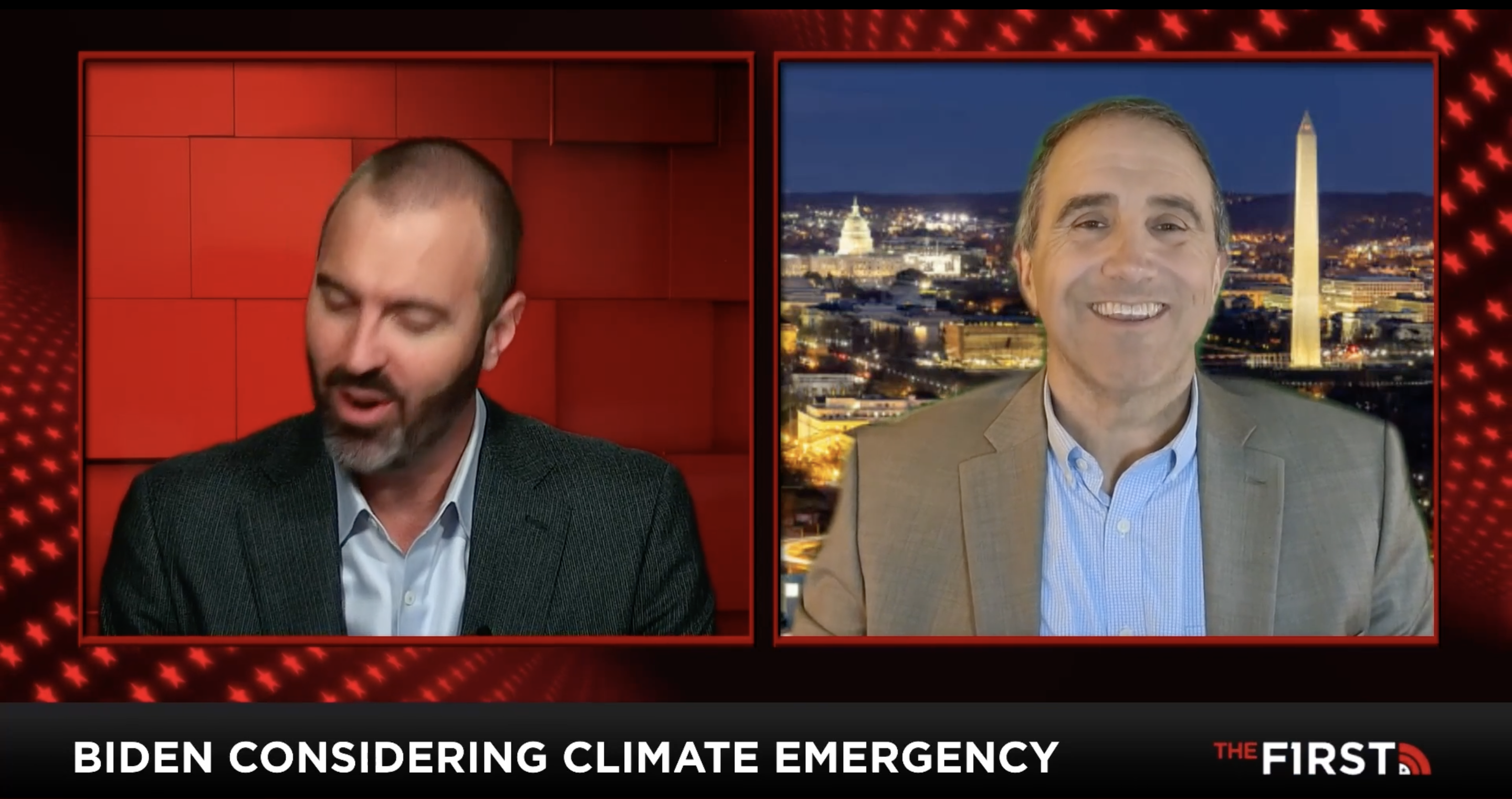For the vast majority of today’s car buyers it’s welcome to stay there, judging by the puny sales figures.
Materials required for the emerging global electric vehicle industry can be found in abundance on the bottom of the Pacific Ocean, about halfway between Hawaii and Mexico, says DW.com.
In a region called the Clarion-Clipperton Zone (CCZ), on the seafloor at depths between 4 and 5.5 kilometers, an estimated 21 billion metric tons of “polymetallic nodules” wait to be picked up by mining robots.
The nodules have been estimated to contain 6 billion tons of manganese, 270 million tons of nickel, 230 million tons of copper and 50 million tons of cobalt.
These materials are needed to make batteries for electric vehicles (EVs), electrical cables and other equipment critical to the move from a fossil-fueled to a clean-tech world.
“Measured according to their dry mass, the nodules are typically made up of about 31% manganese, 7% iron, 1.4% nickel, 1.2% copper, and 0.17% cobalt,” says Carsten Rühlemann, the director of the marine geology and deep-sea mining section of Germany’s Federal Institute for Geosciences and Natural Resources (BGR).
“The nodules’ composition happens to be remarkably well-aligned with the needs of electric vehicle makers,” Gerard Barron, CEO of Vancouver Canada-based DeepGreen Metals (DGM), told DW.
“Carmakers will need a great deal more of these metals in order to make battery cathodes and electrical connectors for an electric vehicle fleet of around a billion cars and trucks by mid-century, up from just 5 million today.”
DeepGreen Metals’ mission is not limited to harvesting nodules, Barron says. The long-term goal is to ensure that the metals are fully recycled, with nothing thrown away: “First we have to mine enough of these metals to supply the huge increase in quantity we’ll need for a renewable-energy-powered e-mobility future. Then we need to make sure we recycle everything.”
Land mining vs. seabed harvesting
Barron and Rühlemann both say there are good reasons to believe the environmental impact of seabed nodule mining will be far less severe than land-based mining in terms of greenhouse gas emissions, solid waste and toxic materials release.
Accessing land-based ores requires clearing a lot of land, moving a lot of overburden, and crushing huge volumes of rock, Barron notes. Land-based ores are also dirtier as they contain more toxic heavy metals.
And while CCZ seafloor nodules contain four metals key to the EV industry in one handy package, three different land-based mines are needed to obtain those same four metals.
Full article here.




